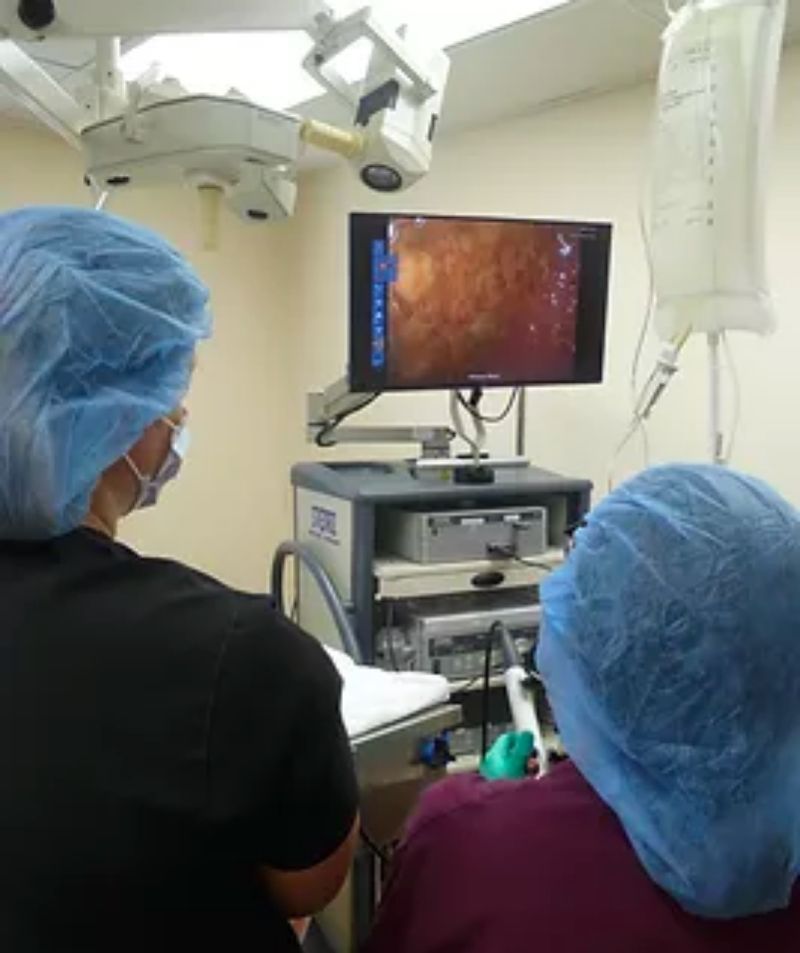SURGERY DOESN’T HAVE TO BE SCARY
Pet Endoscopy
Alpine Animal Clinic offers the very best in surgical care with the use of Endoscopy surgical capabilities.
At this time Alpine Animal Clinic only offers Endoscopic procedures.

Laparoscopy and Endoscopy:
Minimally Invasive Surgery through tiny “keyhole” incisions
Quick Definitions to help you out:
Endoscopy
- “endo” means “internal” or “within,” such as in the gastrointestinal tract or the “food tube”, which includes the esophagus, stomach, and small intestine
- “scopy” means viewing inside with the use of a tiny surgical camera
Laparoscopy
- “laparo” meaning within the abdominal cavity
- “scopy” means viewing the inside of the abdomen through a tiny surgical camera
Flexible endoscopy allows us to go inside body cavities without any surgical incision at all. A flexible surgical camera is carefully guided through areas such as the esophagus, stomach, and small intestine to view structures and take samples, such as for biopsy or culture.
Common areas viewed with endoscopy include the deep ear canals, urinary bladder and urethra, the nose and nasal sinuses, and the upper gastrointestinal tract.
The use of tiny instruments threaded through the flexible endoscope allows us to grasp and remove small structures, including masses, foreign bodies, stones, or objects.
Small rocks, sticks, coins, jewelry, fish hooks, and socks swallowed by pets are common items removed.
Laparoscopy allows surgery to be performed through tiny “keyhole” incisions with the use of special instruments inserted into the abdomen. This allows great visualization of internal organs without needing a large surgical incision to heal, thereby reducing pain and recovery time and often reducing anesthesia time for the patient. This is a great way to take biopsy samples of internal structures to facilitate diagnosis with minimal surgical discomfort and recovery time for the patient.
- Minimal surgical pain with a tiny incision
- Safety for Patients is increased by:
- reducing anesthesia time
- reducing surgical recovery time
- reduces bleeding
- reduces post-op complications, including pain-related problems, infection rates, and tissue trauma
- Excellent ability to visualize structures
- Surgical time is greatly reduced, particularly for biopsies of liver, kidney, spleen, and pancreas
Your four-legged family can now have the same state-of-the-art surgery used in many human surgeries, allowing us to diagnose and correct problems with minimally invasive procedures.
